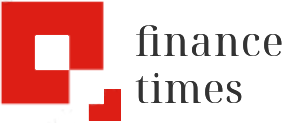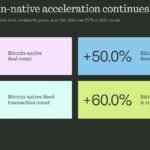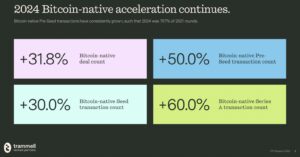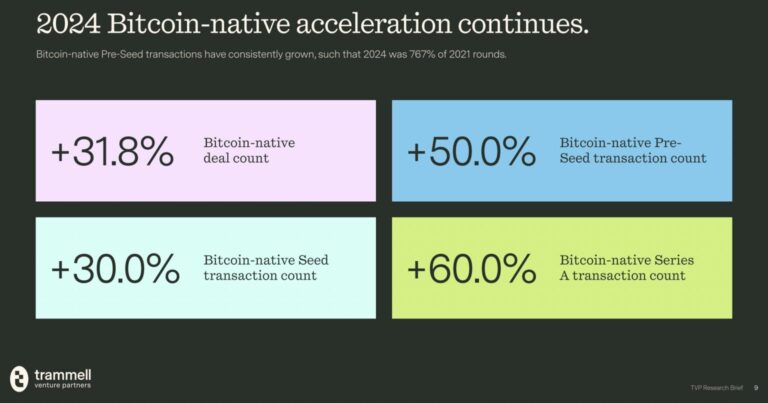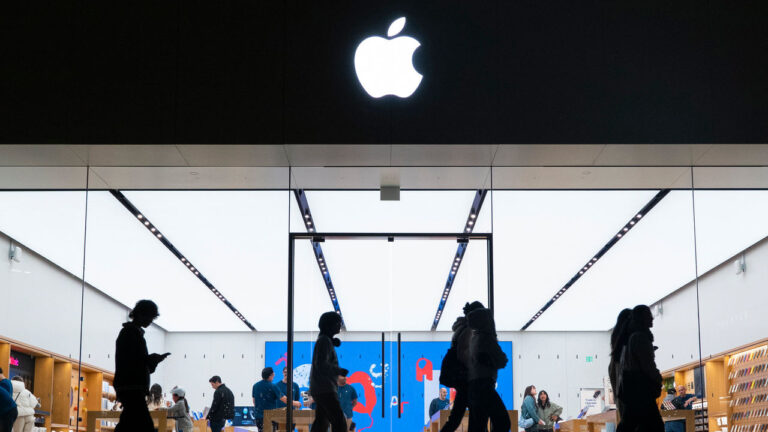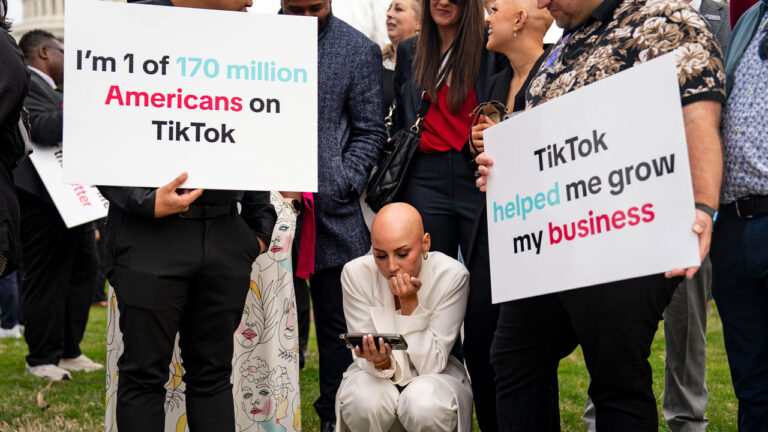Last updated:
 Why Trust Cryptonews
Why Trust Cryptonews
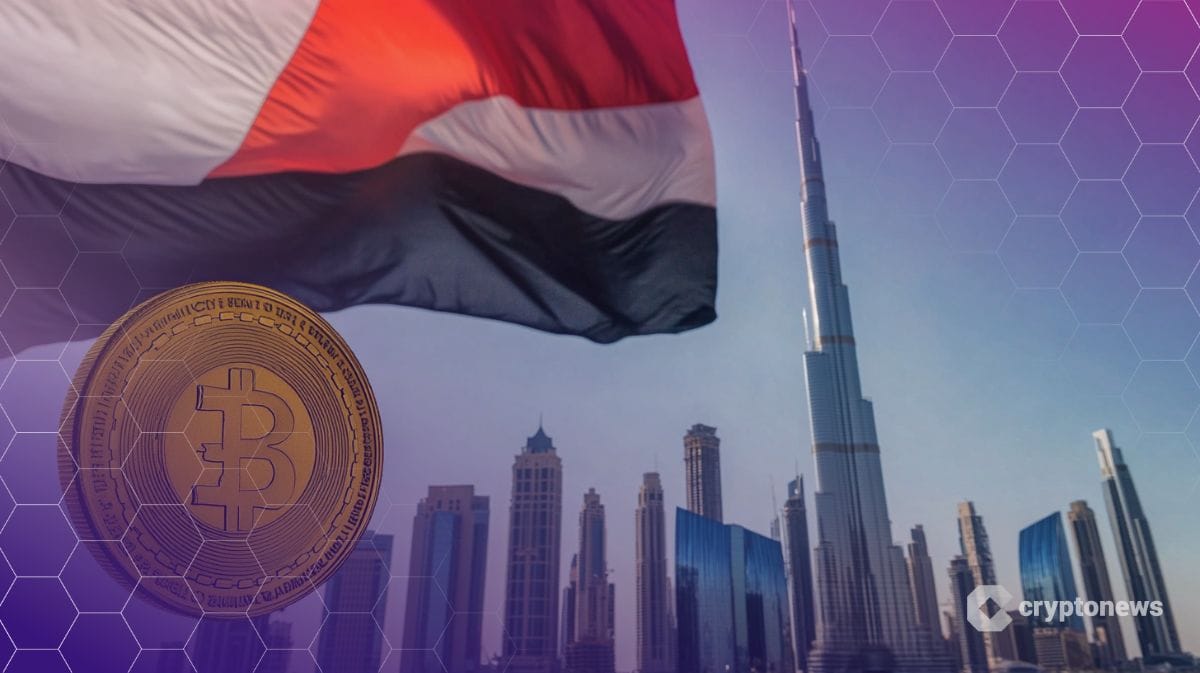
Key Takeaways:
- Circle’s USDC and EURC stablecoins receive regulatory approval in Dubai.
- The UAE is positioning itself as a crypto-friendly jurisdiction, attracting firms seeking alternatives to stricter European regulations.
- Dubai’s regulatory framework allows for easier integration of stablecoins in financial services, potentially boosting digital finance solutions.
Circle announced Monday that it has received official authorization from the Dubai Financial Services Authority (DFSA) to recognize and operate USDC and EURC tokens within the Dubai International Financial Centre (DIFC).
This approval is the first under the DIFC’s crypto token framework. The regulatory move will facilitate the UAE’s wider adoption of digital currencies.
Financial institutions and fintech firms within the DIFC can now legally integrate USDC and EURC for payments, treasury management, and other financial services, enhancing regional digital finance solutions.
This approval builds upon Circle’s broader compliance strategy, which includes adhering to the European Union’s Markets in Crypto-Assets (MiCA) regulations and Canada’s new stablecoin listing framework.
UAE’s Growing Role in Stablecoin Regulations
The DFSA’s approval of USDC and EURC aligns with the UAE’s broader efforts to establish itself as a leading global center for digital assets and regulatory clarity.
The Central Bank of the UAE (CBUAE) has been actively shaping the nation’s crypto landscape since October 14, 2024, when it granted in-principle approval of AED Stablecoin—the first fully regulated dirham-pegged stablecoin under the country’s Payment Token Service Regulation framework, which seeks to integrate digital currencies within the UAE’s digital economy strategy.
Despite this progress, AED Stablecoin faces regulatory hurdles. The CBUAE has imposed stringent requirements on stablecoin issuers, including prohibiting algorithmic stablecoins and privacy tokens.
Issuers must ensure that at least 50% of their reserve assets are in cash, with the remainder invested in secure instruments such as UAE government bonds.
If fully approved, AED Stablecoin could enhance digital asset adoption in the UAE by providing a stable and widely accepted payment method.
Meanwhile, Dubai’s Virtual Assets Regulatory Authority (VARA) continues to shape the region’s crypto space through enforcement actions and regulatory directives.
Recently, VARA issued fines ranging from 50,000 to 100,000 AED ($13,600 to $27,200) to companies operating without necessary licenses or violating marketing regulations.
You might also like
Dubai’s Crypto Hub Welcomes USDC and EURC While Tether Strengthens TON Presence
The approval of USDC and EURC in Dubai intensifies competition in the stablecoin market, particularly against Tether’s USDT.
Tether has aggressively expanded in the region, recently announcing plans to launch a dirham-pegged stablecoin in collaboration with Phoenix Group and Green Acorn Investments.
Additionally, Tether has seen rapid adoption of USDT on the TON blockchain, reaching a $1 billion market cap within six months, marking the fastest adoption in its history.
The European Union’s MiCA regulations impose stringent reserve requirements on stablecoin issuers, prompting many crypto firms to consider relocating to more crypto-friendly jurisdictions like the UAE.
Under MiCA, smaller stablecoin issuers must hold at least 30% of their reserves in EU banks, while larger issuers like Tether are mandated to maintain 60% or more.
These rules are intended to enhance financial stability but also increase operational costs, prompting firms to seek alternative regulatory environments.
Over the last week, liquidity trends in stablecoins have shifted across major blockchain networks, with Tron (TRX) recording the most notable rise.
Tron recorded an $824.51 million increase in Tether (USDT) and USD Coin (USDC) holdings, benefiting from its low fees, fast transactions, and strong adoption in emerging markets.
Other networks, including Base, Polygon, and Optimism, also experienced stablecoin inflows, with Base gaining $115 million, Polygon $39.81 million, and Optimism $22.61 million.
As of February 24, 2025, the total stablecoin market capitalization reached $226.515 billion, with USDT dominating 63% of the market.
As stablecoin regulations continue to diverge globally, the UAE’s strategic approach to digital asset regulation positions Dubai at a competitive advantage.
With Circle and Tether both establishing operations in different emirates, the region’s stablecoin ecosystem will likely shape cross-border payments and financial innovation throughout 2025 and beyond.
Frequently Asked Questions (FAQs)
Dubai’s approach emphasizes flexibility, allowing stablecoin issuers like Circle to operate with fewer restrictive reserve requirements than the EU’s MiCA framework. Under MiCA, issuers must hold 30% to 60% of reserves in EU banks, increasing costs and complexity. In contrast, the UAE prioritizes fostering innovation, attracting firms seeking alternatives to Europe’s bank-centric mandates.
While the UAE’s lenient regulations attract global firms, challenges include enforcing anti-money laundering (AML) standards and preventing market manipulation. The Central Bank of the UAE (CBUAE) mandates strict reserve rules for local stablecoins (e.g., 50% cash reserves for AED Stablecoin). Still, oversight of cross-border transactions and algorithmic tokens remains a concern. Dubai’s VARA’s recent fines for unlicensed operations show ongoing enforcement gaps.
Tether’s approval in Abu Dhabi Global Market (ADGM) as a recognized virtual asset creates regional competition. While Circle focuses on institutional adoption in Dubai’s DIFC, Tether targets the retail and real estate sectors (e.g., via partnerships with Reelly Tech). This split reflects the UAE’s strategy to compartmentalize crypto use cases across its financial free zones, allowing both firms to coexist under differing regulatory scopes.
The Trump administration’s 2025 executive order prioritizes private dollar-backed stablecoins over a central bank digital currency (CBDC), aligning with deregulatory trends. This could bolster U.S.-centric stablecoins like USDC globally, especially if the SEC’s new crypto task force establishes clearer guidelines. However, it may also deepen fragmentation as regions like the EU and UAE solidify competing frameworks.
Tron (TRX) has emerged as a leader due to its low fees and efficiency in emerging markets, recently attracting $824 million in USDT/USDC inflows. Meanwhile, Ethereum layer-2 networks like Base and Polygon are seeing growth in institutional activity driven by scalability and compliance features. These trends highlight a divide between retail-focused chains (Tron) and enterprise-oriented ecosystems (Ethereum L2s).
